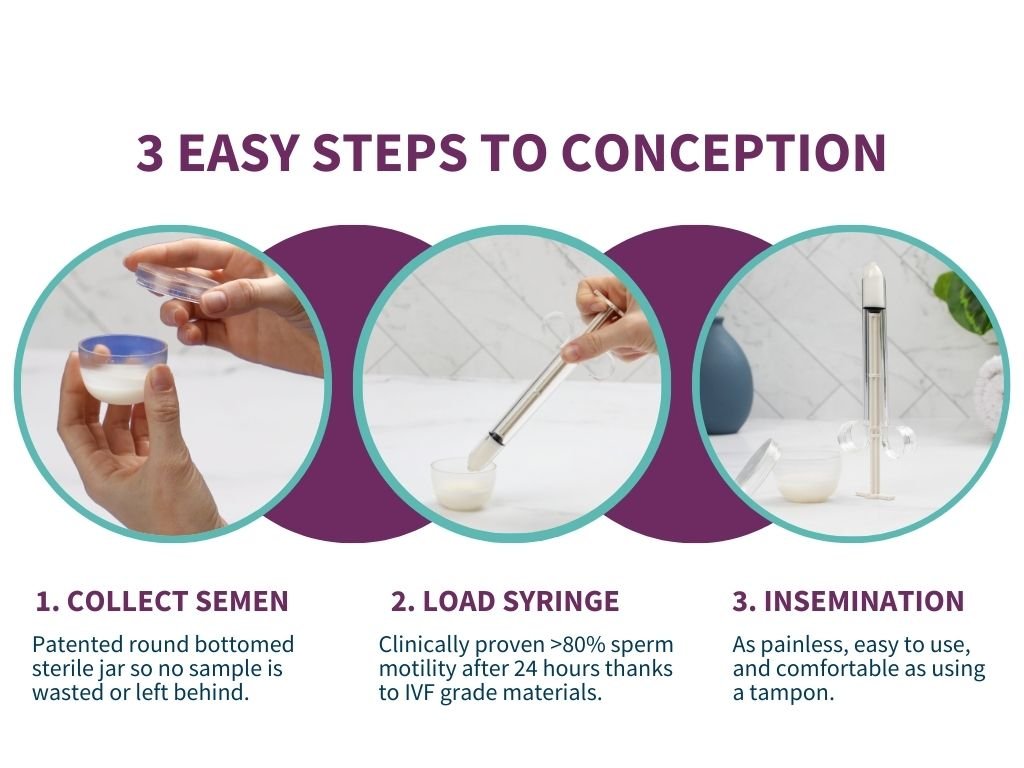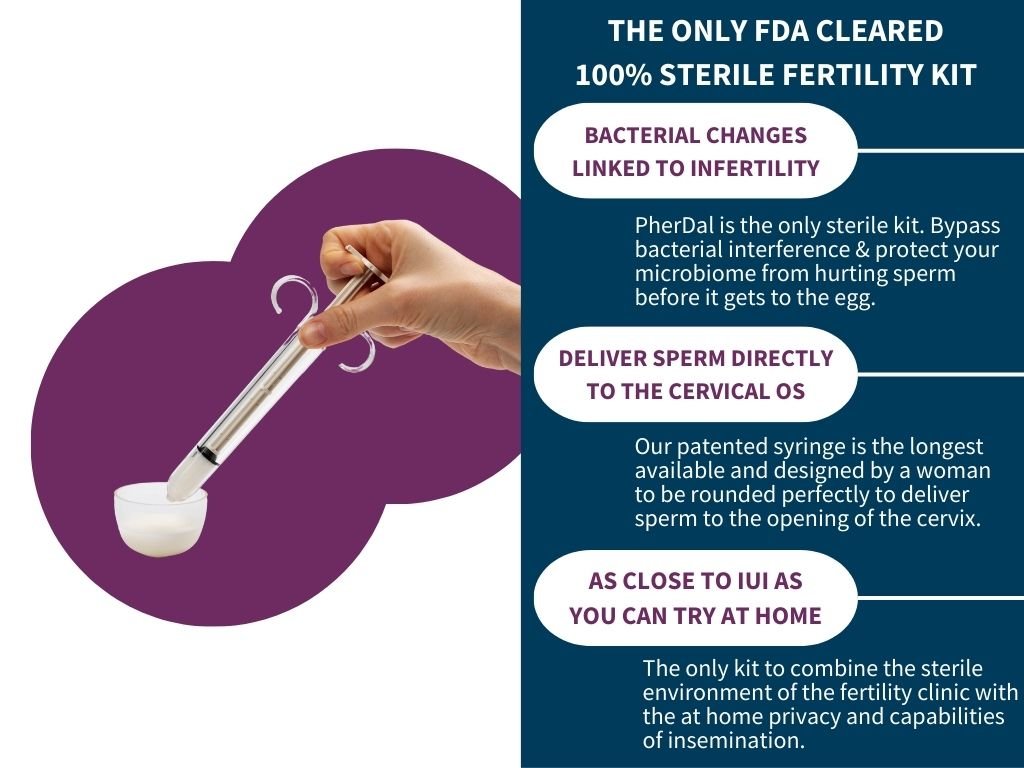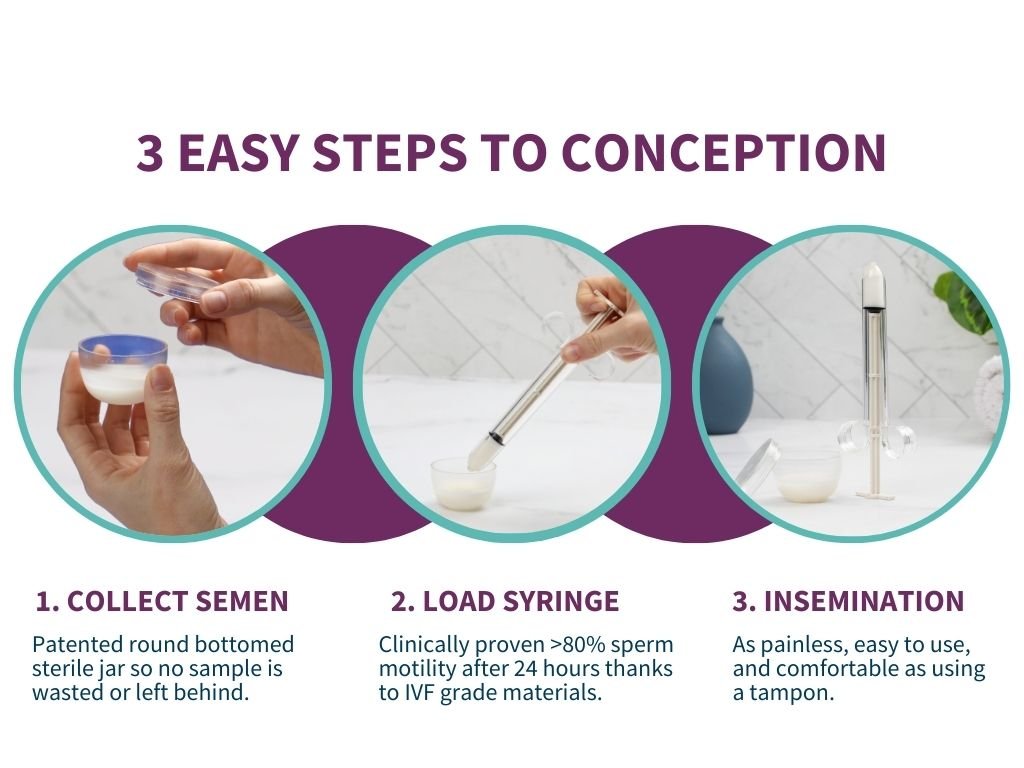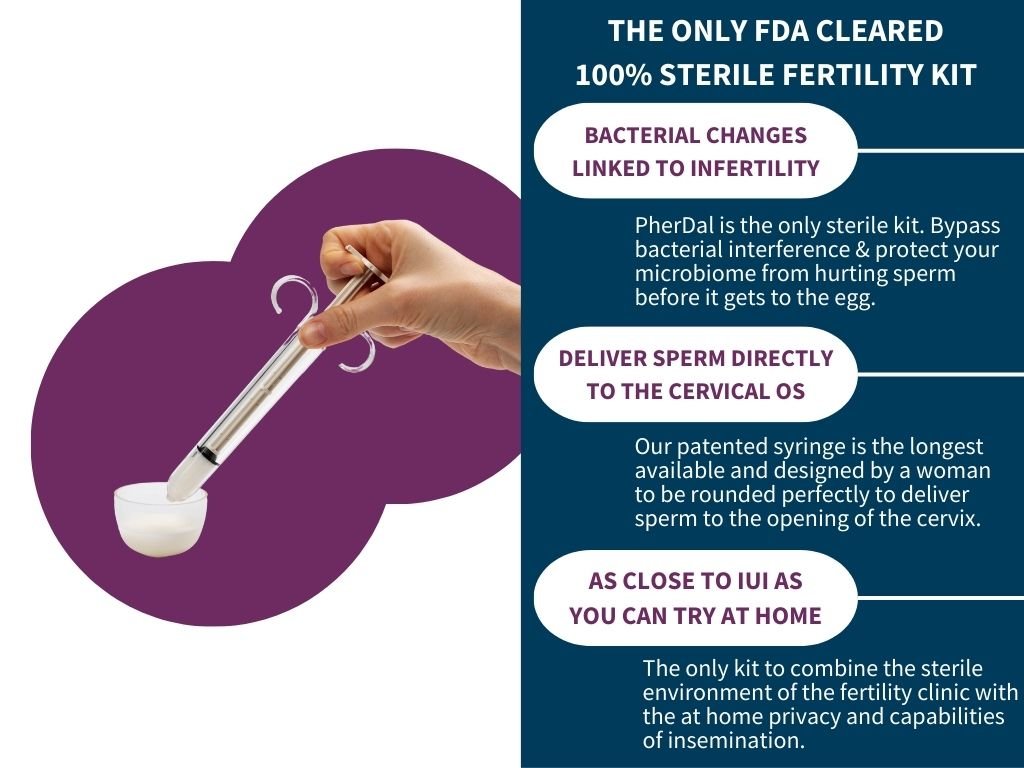You’re probably pretty familiar with the phrase “it takes two to tango,” but you probably aren’t as familiar with male factor infertility – so what is it?
This phenomenon occurs when a male partner has a condition impacting sperm, like low sperm production and/or motility, making it much harder to get pregnant. Less than half of OB-GYNs think to look into possible male factor infertility, and less than a fourth actually send men to urologists to confirm that suspicion.
On average, 1 in 6 people experience infertility, yet somehow, the conversation about infertility in men has only recently gone mainstream.
In reality, male factor infertility is culpable around 30 percent of the time when opposite-sex couples are struggling to conceive through natural means; female factor infertility is involved 30 percent of the time as well, and the remaining 40 percent of fertility problems are due to unknown reasons.
These statistics tell us that when it comes to conception, the responsibility STILL falls to women – a belief that’s been thriving since the days of Henry VIII.
That omission can even have negative health outcomes for men with underlying conditions related to their infertility that are going untreated. Needless to say, this disparity is a lose-lose for everyone.
Fortunately, there are ways to manage underperforming sperm, if male factor infertility is so rudely interrupting that tango of yours.
The Reason for “Shooting Blanks”
Male factor infertility is defined by struggling sperm, whether it be their numbers, their activity, their shape, or a combination of the three. A diagnosis of male factor infertility typically follows if a man’s sperm count is tested and falls below 15 million per milliliter (the healthy range is 15-200 million). Most of us have likely heard another phrase – or, rather, euphemism – “shooting blanks,” meaning that, for whatever reason, the sperm in regular ejaculations do not fertilize an accessible egg.
Couples facing this concern might be frustrated and wondering why. There’s no one-size-fits-all answer to that question. Common culprits include genetics (does it run in the family?), age (being over 35 complicates things), diet (BMI plays a role here), lifestyle (drinking, smoking, exercise, etc.), and hormones (yep, they matter in men, too!).
But the science is still unclear as to just how responsible these causes are. As a whole, infertility itself rarely is clear. Regardless of the “why,” it’s important to see a medical expert in order to address infertility head-on. Specific tests have the potential to shed light on what exactly is causing male factor infertility.
The first step in determining the extent of someone’s infertility is to schedule an appointment with your doctor to discuss patient history and undergo a physical exam; starting with this step helps to eliminate more serious illnesses such as diabetes or cancer. Bloodwork may be ordered in tandem with semen analysis after providing a sample.
Once your doctor has all of the information they need to fully understand your infertility, they’ll decide on a treatment plan.
And good news… almost half of all male factor infertility cases are successfully treated or completely reversed, so seeking out that medical guidance really increases your odds of getting pregnant.
Give Your Sperm the Upper Hand
There are things you can start doing now. Lifestyle changes, for example, since men’s overall physical health has a major effect on their reproductive abilities. Sperm are generally produced 60 days in advance, so eating healthier can also improve the health of your sperm within 60-90 days.
Medication is available to boost sperm production, and certain surgeries can unblock the pathways sperm use to reach an egg.
With that said, I’m guessing you’re here to learn about a particular way to get help for male factor infertility, one that PherDal just so happens to specialize in… at-home insemination. Our kit is a great response to this sperm setback.
Intracervical insemination (ICI) brings sperm and egg closer together, which is why it can be effective in removing barriers created by infertility. This addition to regular unprotected sex (keep that up!) has the potential to close the gap between sperm and egg – the rate of successful conception with male factor infertility is right around 17 percent.
Give the Guys a Head Start
Infertility is not as simple as one person causing problems. So while male-factor infertility could be part of the cause of infertility, both partners need to be proactive about their fertility health to ensure the best chance of conception.
PherDal exists for this very reason, to offer that support and solutions. Our ovulation journal and at-home insemination kit are tools meant to empower you on your journey to getting pregnant.





























